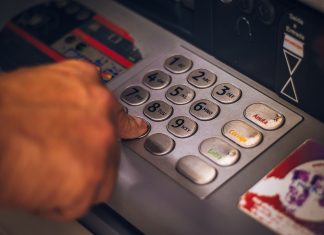In a recent post by Signicat, the company outlined how you can use digital signatures to sign PDF documents.
The traditional approach of signing documents – print, sign, scan, and resend – can be laborious and time-consuming. As we continue to shift towards digitalisation, the lack of a digital signature can significantly slow down routine operations.
But can digital signatures be used for PDFs? The answer is a resounding yes. Digital signatures enable users to send PDF documents to end-users for signing, establishing legally-binding agreements online. This can be done on any device like a tablet or mobile phone and typically does not require additional software installation.
A digital signature solution employs a verified electronic identity (eID) for signing, allowing the user to establish their identity. Once all parties have appended their signatures, the initiator is notified. These digitally signed documents can then be promptly and efficiently distributed to all relevant parties.
Are these digital signatures applicable only to PDFs? Technically, other document formats can also be signed digitally. However, it is advised to use PDFs, especially the PDF/A format, to ensure the visual integrity of the document. When it is signed, the signature information is embedded into the PDF via a format known as PAdES (PDF Advanced Electronic Signatures). This ensures that everything needed to validate the signature is contained within the same document.
PAdES-embedded PDFs can be viewed by anyone with a basic PDF reader. More advanced readers, like Adobe Reader, can also display the signature information. Dokobit Portal by Signicat offers a straightforward, secure, and compliant solution for these electronic signatures.
What is PAdES and why does it matter? PAdES, a completed signature file, is a PDF that adheres to the PAdES standard. It enables anyone using a common PDF reader, like Adobe Reader, to see what was signed, by whom, and how. Evidence of each signature is encapsulated within the PAdES, allowing easy access in case of disputes. The advantages of using PAdES include a common format, full evidence of the signature, multiple signatures on one document, readability by any PDF reader, easy distribution, and enabling all parties to possess it.
The digital signature solution uses eIDs such as BankID in Norway and Sweden, or other national electronic IDs, to confirm identities. This verification allows users to digitally sign sensitive and important documents online in PDF format, making it easier to determine exactly who signed the document without the need for face-to-face meetings.
Read the full post here.
Copyright © 2023 RegTech Analyst
Copyright © 2018 RegTech Analyst






